The widest back muscle
The widest back muscle , m. Latissimus dorsi, flat. The muscle lies superficially in the lower back, but its upper fascicles in the initial part are covered with a trapezius muscle. It begins with a tendon stretching from the spinous processes of five to six lower thoracic vertebrae, all lumbar and sacral vertebrae, from the median sacral ridge, from the posterior part of the outer lip of the iliac crest, from the superficial lumbar pectoral fascia and from the four lower ribs. Outside the tendon muscle bundles, between them and the posterior edge of the outer oblique muscle of the abdomen, m. Obliquus externus abdominis, and from below - the iliac crest, a lumbar triangle is formed, trigonum lumbale; The bottom (front wall) is m. Obliquus internus abdominis.

Above this triangle is a small diamond-shaped section, covered behind m. Latissimus dorsi and bounded from above by the XII edge and the lower edge of m. Serratis posterioris inferioris, medially - m. Erector spinae, laterally - the upper edge of mm. Obliqui internus abdominis; The bottom of it (the front wall) is the aponeurosis of the transverse abdominal muscle.
The upper bunches of the latissimus of the back are laterally guided, the lower ones are obliquely upward and lateral and cover the posterior surface of the lower ribs. Here the muscle receives additional bundles in the form of 3-4 teeth, and also covers the lower angle of the scapula and the lower edge of the large round muscle, m. Teres major (sometimes gets an extra bundle). Next, the muscle, forming the back wall of the axillary cavity, approaches the humerus and ends at the crest of the small tubercle of the humerus. Here there is a semi-tendinous bag of the latissimus dorsi, bursa subtendinea m. Latissimi dorsi.
Function: brings the shoulder to the body and pulls the upper limb back to the median line, rotating it inward (rronatio). With a strengthened upper limb, the torso approximates to it or takes part in the displacement of the lower ribs upwards during respiratory movement, thus being an auxiliary respiratory muscle.
Innervation: n. Thoracodorsalis (CVI-CVIII).
Blood supply: aa. Thoracodorsalis, circumflexa humeri posterior, intercostales posteriores.

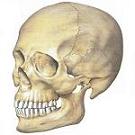
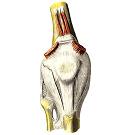

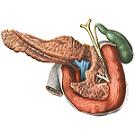
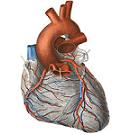

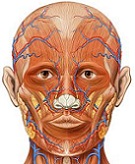

Comments
When commenting on, remember that the content and tone of your message can hurt the feelings of real people, show respect and tolerance to your interlocutors even if you do not share their opinion, your behavior in the conditions of freedom of expression and anonymity provided by the Internet, changes Not only virtual, but also the real world. All comments are hidden from the index, spam is controlled.